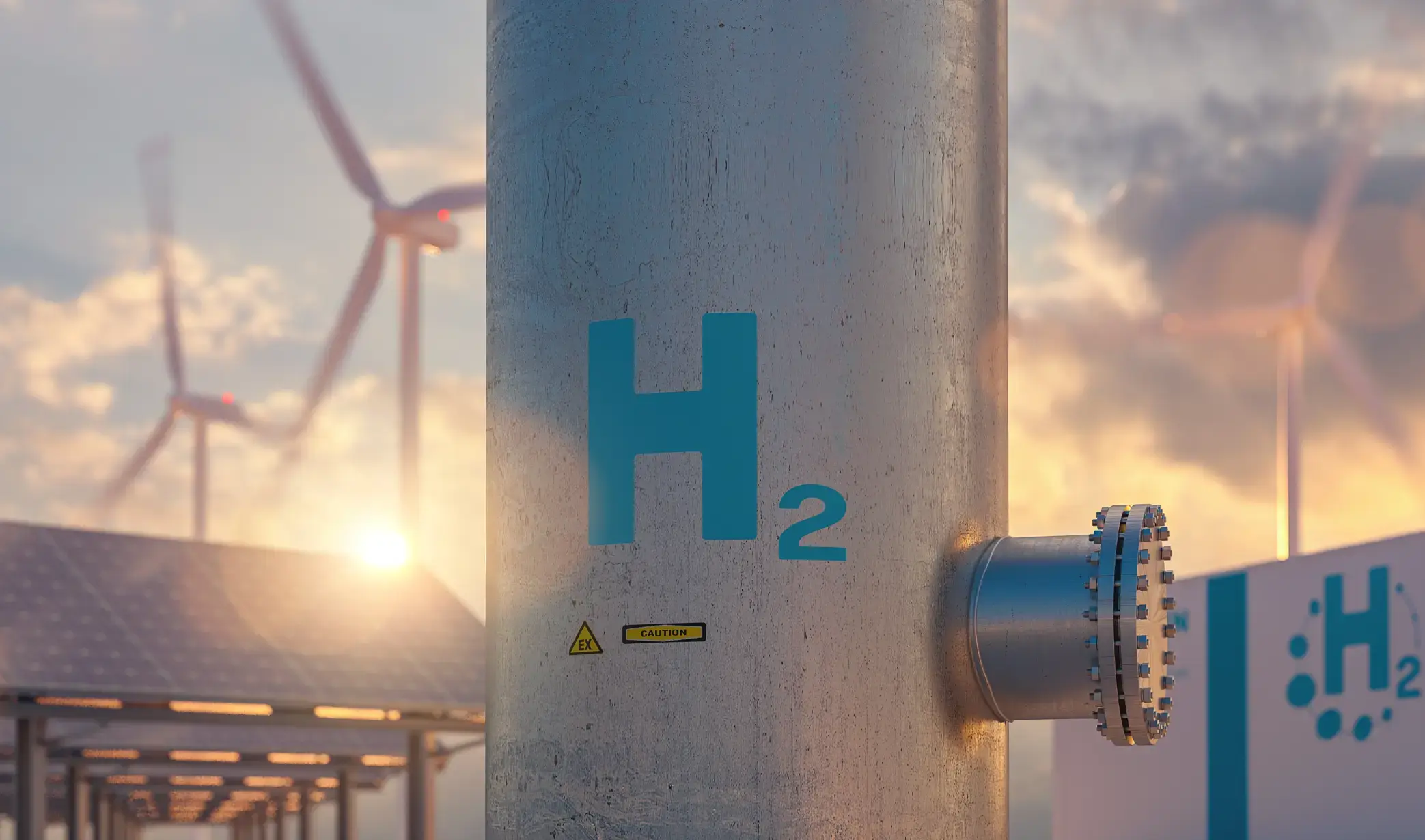
News courtesy of H2 News
The H2 Magallanes Project, promoted by the multi-energy company TotalEnergies H2, took a fundamental step in its development with the submission of its Environmental Impact Assessment (EIA) to the Environmental Impact Assessment System (SEIA).
With an estimated investment of US$16 billion and an installed capacity of 5,000 MW of wind power, this project is shaping up to be one of the most ambitious in terms of renewable energy in Chile.
Magallanes: Innovation in green hydrogen
Located in the commune of San Gregorio, in the Magallanes and Chilean Antarctica Region, H2 Magallanes aims to produce green ammonia from renewable hydrogen (H2V), mainly for export. The project will be developed on a 72,000-hectare farm, of which 4,000 hectares will be used for the installation of wind turbines, electrolysis plants, ammonia production and storage units, as well as energy transportation infrastructure and a port terminal that will include a desalination plant.
The site was chosen because of the exceptional wind conditions in the area, a high plant factor for wind generation, and its proximity to the Strait of Magellan, which facilitates both desalination and logistics.
With a projected useful life of 25 years, the project is expected to generate up to 1.9 million tons of green ammonia annually and create a significant source of employment, with up to 10,000 workers during the construction phase and around 1,000 during operation.
The general manager of TE H2 Chile, Antoine Liane, highlighted the importance of this Environmental Impact Study as the result of more than three years of joint work with national and regional authorities, as well as with the local community. "Through its studies, its mitigation, remediation and compensation measures, as well as voluntary environmental commitments, the H2 Magallanes Project seeks to produce green hydrogen and ammonia, respecting the environment and working in harmony with the communities," said Liane.
The H2 Magallanes Project represents a key opportunity for Chile on its path towards decarbonization and global energy transition. "This entry into the SEIA is just the beginning of a process that still requires the evaluation of authorities and citizens, but that positions Chile and the Magallanes Region as an essential player in the global renewable energy market," concluded Liane.
Learn more news about the green hydrogen industry and its derivatives here and on our new website.






